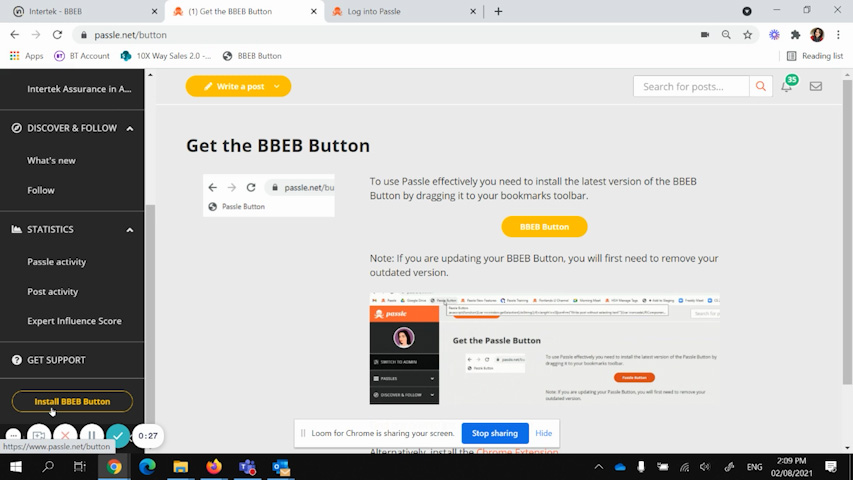The total value of carbon credits traded in the market to help entities achieve their net zero goals can be worth $1 trillion as early as 2037, according to a recent report by BloombergNEF.
Verified emission reduction credits or carbon credits are traded in the voluntary carbon market (VCM), equivalent to 1 ton of carbon reduced or removed. Under its current structure, the VCM is “not built for success”, BloombergNEF said. But the research provider also noted that.
The VCM Growth (2021 – 2022)
Investments in VCM projects grew to $10 billion in 2022, up from $7 billion in 2021, a new report has found. Yet the market failed to grow last year as BNEF reported in its Long-Term Carbon Offsets Outlook.
- Firms bought only 155 million carbon credits as offsets, down 4% from 2021. The major reason being is the fear of reputational risk from buying low-quality credits.
But carbon credits supply jumped by 2%, with a total of 255 million carbon offsets generated globally. Remarkably, the supply of credits from “avoided deforestation” fell by a third from 2021 to 2022.
There were accusations of greenwashing in buying carbon credits from nature-based projects that had questionable environmental impact. REDD+ projects, in particular, are still under criticism after analysis claiming they produce “ghost credits”.
In a different market analysis by AlliedOffsets, the lack of growth in the VCM is due to a slowdown in retirements of carbon credits. 2022 has seen slowing growth in retirements after last year’s explosion as seen in the chart below.
Buyers need transparency, clear definitions around quality and easy access to premium supply, or future years will resemble what we saw in 2022. These changes will send demand signals to the projects making the greatest decarbonization impact and in need of the most investment
https://carboncredits.com/voluntary-carbon-market-can-be-worth-1-trillion-in-2037/
 unknownx500
unknownx500
















